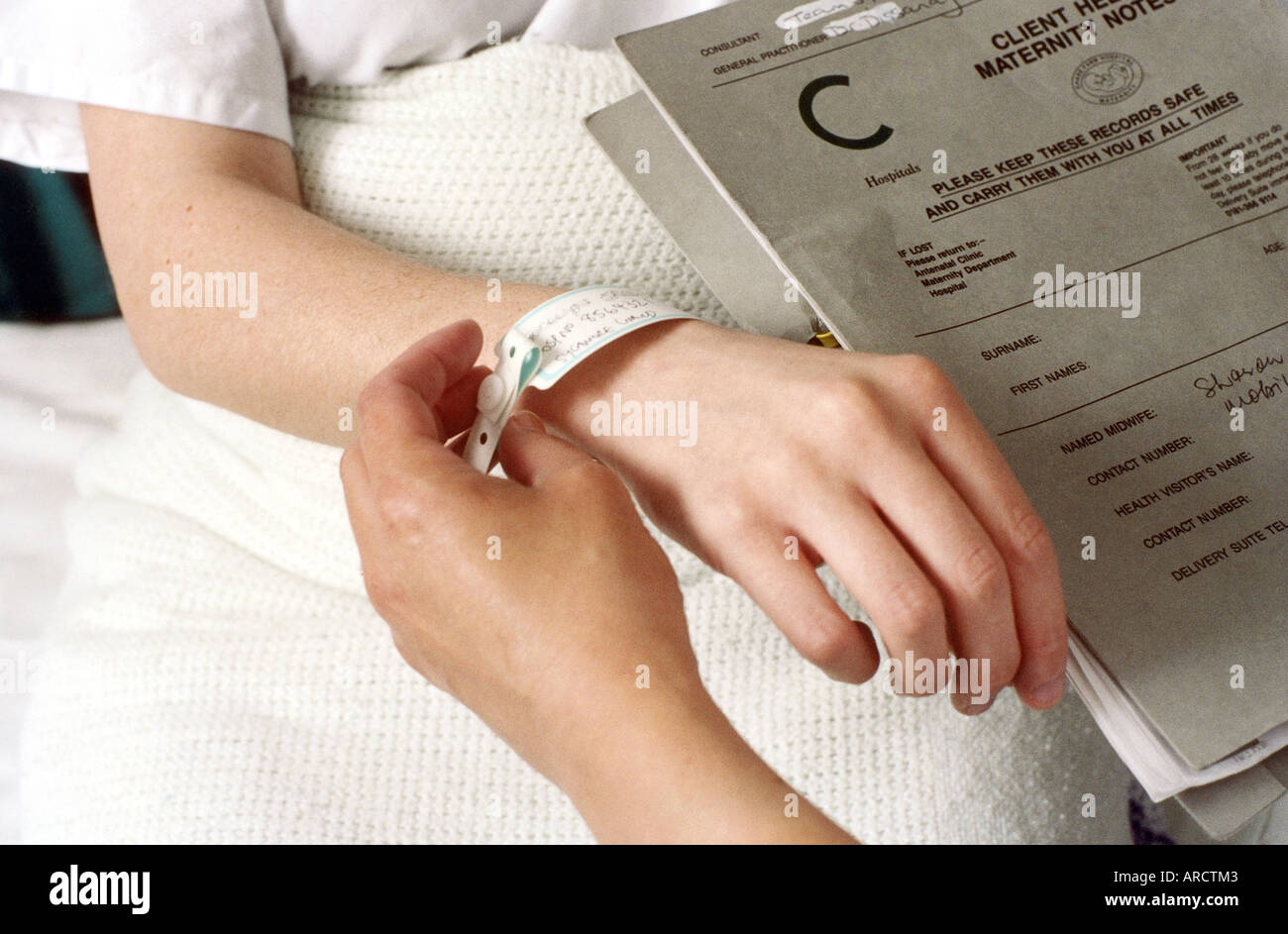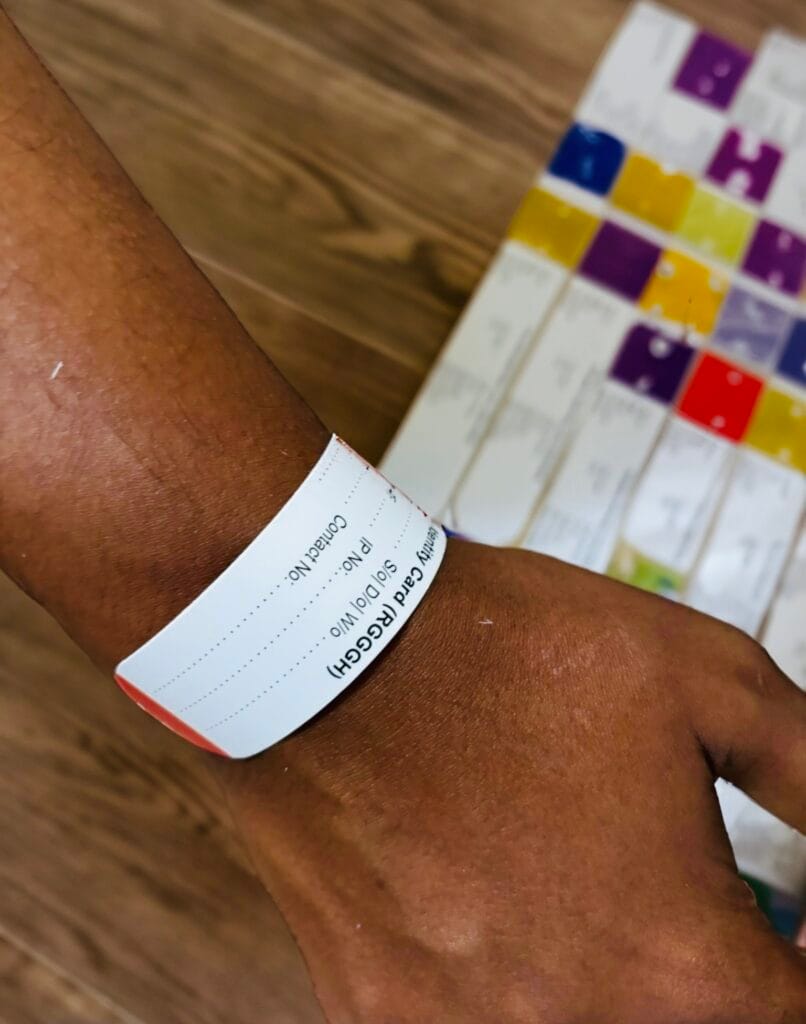Person Identification Bands: A Secret Device for Improved Medical Precision
Client recognition bands represent a vital element in the search of clinical accuracy and person safety within health care environments. The real degree of their influence on client end results and general health care quality warrants additionally examination.

Importance of Patient Identification
Patient recognition is an essential element of healthcare that makes sure the safety and accuracy of clinical treatment. Correct recognition protocols are important to avoid medical mistakes, which can lead to negative individual results, including wrong drug management, misdiagnosis, or unacceptable treatment plans. The significance of accurate person recognition can not be overstated, as it acts as the structure for reliable communication among doctor.
In settings where multiple people are getting therapy concurrently, the danger of identification confusion increases. Implementing robust identification systems aids alleviate these dangers and boosts patient security. Patient Identification Band. Furthermore, precise identification adds to the stability of medical records, making sure that patient histories, allergies, and previous treatments are correctly connected to the ideal individual.
Moreover, compliance with regulatory requirements and certification needs commonly mandates strict individual recognition methods, cultivating a culture of accountability and quality treatment. Ultimately, the importance of individual identification transcends simple management jobs; it is a basic facet of supplying top quality medical care that prioritizes client safety and enhances scientific outcomes. Purchasing reliable identification practices is not just helpful-- it's vital in today's complicated medical care landscape.
Kinds of Client Identification Bands
In health care settings, various kinds of client identification bands are used to make certain accurate identification and enhance safety. These bands offer as a vital tool in avoiding medical errors connected to client misidentification.
One of the most usual kind is the basic wristband, typically made of sturdy plastic and printed with the client's name, date of birth, and an one-of-a-kind identification number. These wristbands are typically color-coded to communicate details info, such as allergies or various other clinical problems.
An additional kind is the barcode wristband, which includes a scannable barcode linked to the person's digital health record. This technology permits effective information access and confirmation throughout medicine administration and various other scientific processes.
In Addition, RFID (Radio Regularity Identification) bands are coming to be increasingly preferred. These bands can communicate wirelessly with healthcare facility systems, enabling real-time monitoring and identification of people, thus boosting and improving operations patient safety.

Advantages for Health Care Carriers
Using individual identification bands uses substantial advantages for doctor, enhancing both operational efficiency and patient safety and security. These bands work as an essential device in simplifying person administration procedures (Patient Identification Band). By making certain accurate recognition, health care suppliers can decrease the threat of administrative mistakes, such as mislabeling examples or misdirecting therapies, which can cause pricey hold-ups and difficulties
Furthermore, person identification bands help with smooth communication among the healthcare team. With standardized and readily accessible client info, companies can make educated choices swiftly, boosting total process. This performance is specifically crucial in high-pressure settings such as emergency situation departments, where time-sensitive interventions are essential.
The implementation of identification bands also supports conformity with regulative standards and ideal practices, thereby decreasing the threat of legal effects originating from recognition mistakes. Furthermore, making use of these bands boosts information precision in electronic health records, bring about better treatment coordination and continuity.
Influence On Person Safety
Accurate patient recognition is a keystone of medical care safety and security, significantly lowering the possibility of mistakes that can endanger person wellness. Using client identification bands is vital in making certain that each individual gets the correct treatment, medications, and treatments. These bands function as a reputable reference factor for healthcare specialists, decreasing the threat of misidentification, which can lead to serious repercussions such as wrong drug administration or medical mistakes.
The application of standardized patient recognition bands contributes to a society of security within medical care setups. By supplying clear, quickly legible info, these bands help to strengthen the value of validating individual identity at every stage of treatment. Furthermore, they help with interaction amongst team member, ensuring that everyone associated with an individual's treatment recognizes their find out certain requirements and demands.
In addition, using client identification bands can boost the precision of digital health and wellness documents, additionally reducing the capacity for mistakes - Patient Identification Band. By prioritizing patient safety via effective recognition practices, health care suppliers can foster trust fund and self-confidence among clients, ultimately resulting in better scientific end results and boosted patient contentment. The impact of proper patient identification can not be overemphasized; it is an essential component of high-grade healthcare delivery
Best Practices for Application
Effective application of client article recognition bands is vital for boosting individual safety and lessening errors in healthcare settings. Team training is important; all team members have to recognize the relevance of accurate patient identification and the treatments for band application.
Second, the layout of the identification bands need to prioritize visibility and toughness. Bands must be easy to check out, contain vital person details, and endure day-to-day wear. Using color-coding can better enhance quick recognition.


Third, incorporating electronic wellness documents (EHR) with identification band systems can simplify operations. Automated informs for inconsistencies in patient identification can stop potential errors prior to they take place.
Lastly, conducting routine audits and responses sessions will aid identify areas for enhancement. Involving personnel in these conversations cultivates a culture of safety and responsibility.
Final Thought
To conclude, individual identification bands play a critical role in boosting medical precision and making certain patient safety and security within healthcare systems. By utilizing numerous kinds of recognition bands, healthcare companies can substantially minimize the danger of misdiagnoses and medicine mistakes. The integration of advanced modern technologies, such as barcodes and RFID, even more optimizes data administration and monitoring. Taking on finest practices for application cultivates a culture of safety, eventually causing enhanced person outcomes and higher count on health care solutions.
Individual identification bands represent an important component in the search of medical accuracy and patient safety and security within health care atmospheres.Utilizing client recognition bands uses substantial advantages for healthcare providers, boosting both operational effectiveness and person safety. By focusing on client safety and security with reliable identification practices, health care carriers can promote trust fund and confidence amongst individuals, eventually leading to far better scientific outcomes and boosted individual complete internet satisfaction.Effective execution of individual identification bands is important for boosting individual security and minimizing mistakes in health care setups.In final thought, individual identification bands play a critical duty in improving clinical precision and ensuring individual security within healthcare systems.